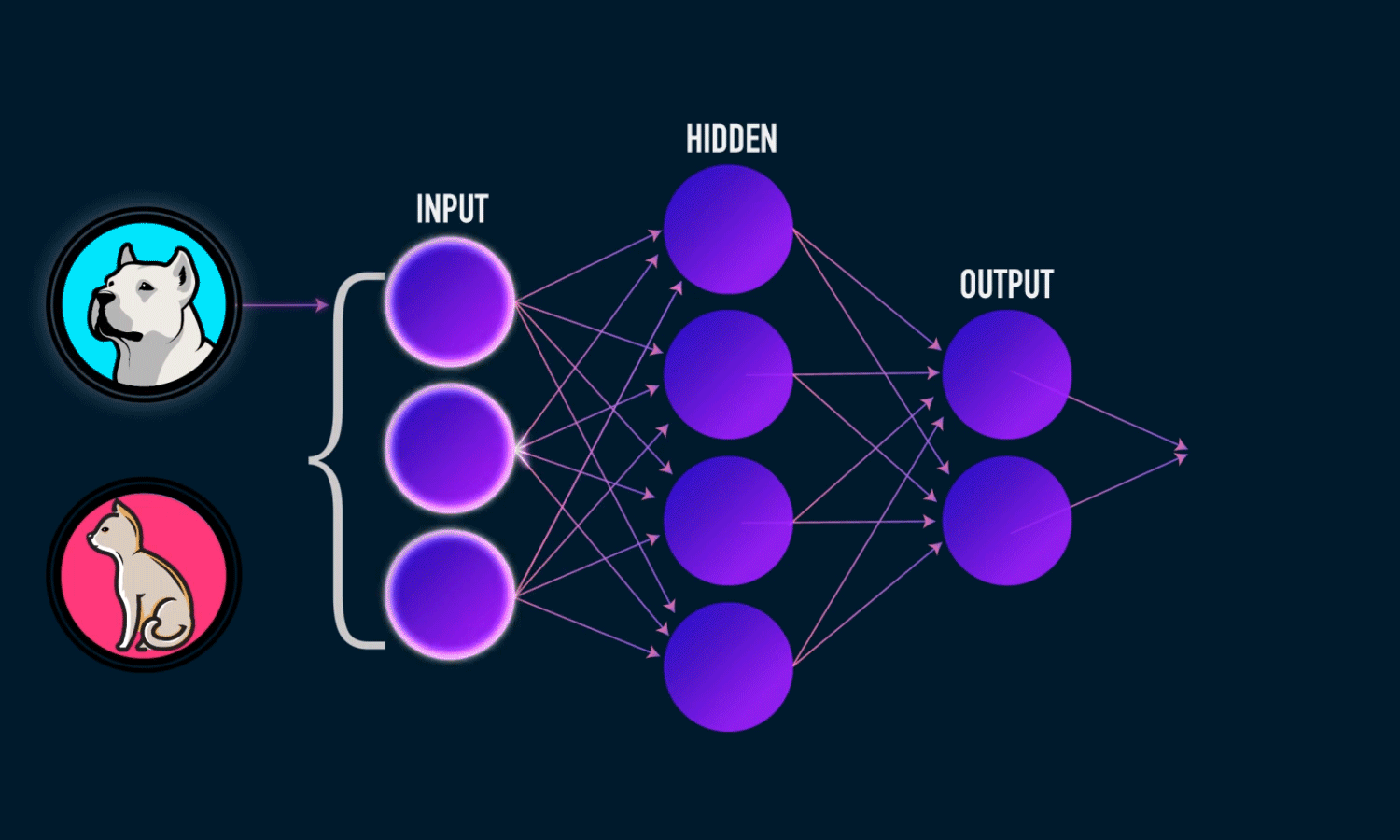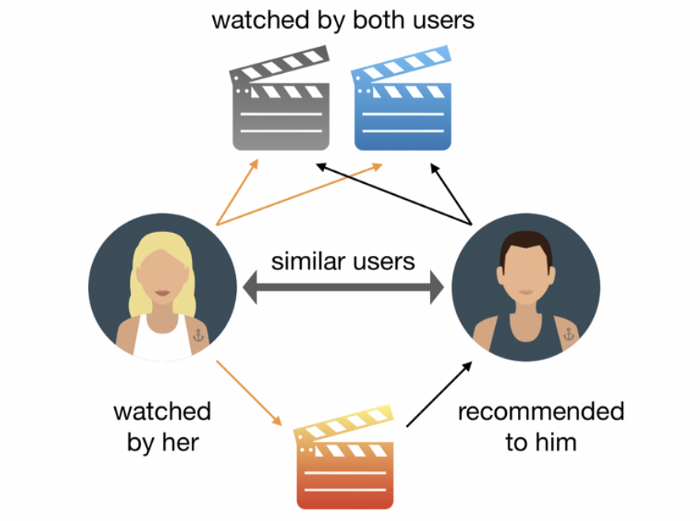Deep Learning? What’s it?
- The Tech Platform
- Sep 25, 2020
- 4 min read
Updated: Feb 22, 2024
Artificial Intelligence (AI) encompasses a vast array of techniques and methodologies aimed at mimicking human intelligence. Within this expansive family, two prominent members stand out: Machine Learning (ML) and Deep Learning (DL). Despite their intimidating names, these technologies serve as powerful tools for solving complex problems in diverse domains.
Before delving into the intricacies of Deep Learning, it's crucial to establish a foundational understanding of Machine Learning (ML), as it serves as the bedrock for many Artificial Intelligence (AI) applications. Machine Learning encompasses a suite of algorithms and techniques that enable computers to learn from data and make predictions or decisions without being explicitly programmed to do so.
Deep Learning, in essence, is an evolution of Machine Learning, drawing inspiration from the structure and functionality of the human brain, particularly its neural system. Just as humans perceive objects, recognize patterns, and learn from experience, Deep Learning models aim to replicate these cognitive processes. It's rooted in the idea of simulating the complex interconnections between neurons in the brain to enable machines to perform tasks that require human-like intelligence.
While the concept of Deep Learning is not novel and has been around for years, its recent surge in popularity can be attributed to significant advancements in processing power and the availability of vast amounts of data. These factors have enabled Deep Learning models to achieve remarkable feats in tasks such as image recognition, speech understanding, and natural language processing.
Deep Learning is positioned as a subset of Machine Learning, but it diverges from traditional Machine Learning approaches in a fundamental manner. In conventional Machine Learning, engineers typically manually select relevant features from the data to train models. However, in Deep Learning, the model's algorithm autonomously identifies and extracts the most pertinent features from the raw data. This process of feature extraction is a hallmark of Deep Learning and contributes to its ability to handle large, complex datasets effectively.
To illustrate, consider the task of training a model to classify whether an input image depicts a cat or a dog.
In Deep Learning, the important part happens inside the hidden layers of the computer's brain. These layers do a lot of tricky math to turn the raw picture information into something the computer can understand. This helps the computer pick up on small details that show if a picture is of a cat or a dog. It's really important to know that Deep Learning works mainly through math, and these hidden layers are like the engine that drives the computer's learning and decision-making.
Main Use Cases of Deep Learning
Deep Learning (DL) has found numerous applications across various domains due to its ability to handle complex data and perform sophisticated tasks. Here's a detailed look at the main use cases of Deep Learning:
Detection:
Detection tasks involve identifying specific objects or patterns within data. Deep Learning excels in tasks like face detection, video surveillance, and object detection. In recent times, Deep Learning has made significant strides in healthcare, where it's been used to detect diseases like COVID-19 from X-ray images of patients. By analyzing large datasets, Deep Learning models can identify patterns indicative of certain conditions, assisting healthcare professionals in diagnosis and treatment.
Classification:
Classification tasks involve categorizing input data into distinct classes or categories.
For instance, suppose you have a collection of images containing apples and oranges, and you want a Deep Learning model to determine whether each image depicts an apple or an orange. This task is known as classification. By learning from labeled examples, Deep Learning models can accurately classify new data points into predefined categories, enabling tasks like image recognition and text classification.
Segmentation:
Segmentation tasks involve partitioning images into meaningful segments or regions and assigning each segment to a specific class or category. It's akin to identifying parts of an image and understanding which object or class they belong to.
Segmentation serves as a foundational step for tasks such as object detection and classification. Deep Learning-based segmentation algorithms can analyze pixel-level information to accurately delineate objects within images, facilitating applications like medical image analysis and autonomous driving.
Prediction:
Prediction tasks involve forecasting future outcomes based on historical and current data. Deep Learning algorithms can learn complex patterns and relationships from time-series data and make accurate predictions.
A common example is predicting stock prices using historical market data. By analyzing trends and patterns in stock prices over time, Deep Learning models can forecast future price movements, aiding investors in making informed decisions. Prediction models trained with Deep Learning techniques are also used in various other domains, including weather forecasting, sales forecasting, and demand prediction.
Recommendation System:
Recommendation systems are employed to provide personalized recommendations to users based on their past behavior, preferences, and interactions. Deep Learning algorithms play a crucial role in developing recommendation engines for platforms like e-commerce websites and streaming services.
By analyzing user data such as purchase history, browsing behavior, and ratings, Deep Learning models can generate tailored recommendations for products, movies, or content. These recommendations enhance user experience, increase engagement, and drive business growth for platforms like Netflix, Amazon Prime, and Spotify.
Deep Learning models thrive on learning from errors, emphasizing the importance of experimentation and iteration in the learning process. Embracing mistakes fosters continual improvement and refinement of models, ultimately leading to better performance and outcomes.
Conclusion
While Deep Learning may seem complex, its underlying principles and applications are grounded in intuitive concepts inspired by human cognition. By leveraging the power of mathematics and data, Deep Learning enables machines to perceive, understand, and act upon complex information, paving the way for transformative advancements in AI.












Comentários